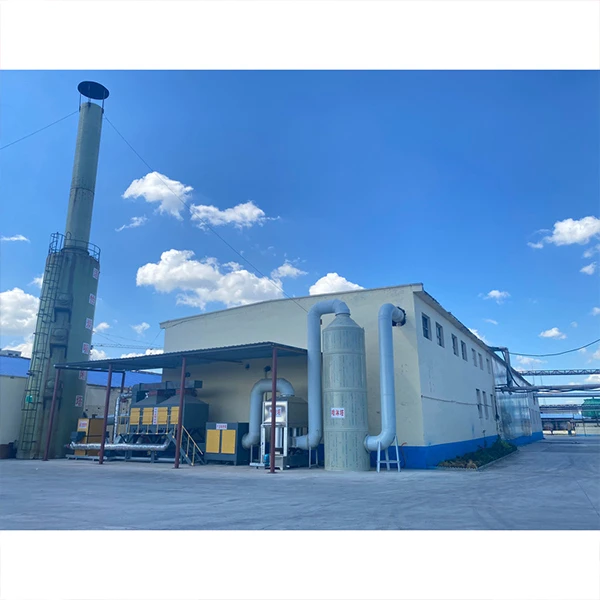The Role of HPMC in Tile Adhesives in China
Hydroxypropyl Methylcellulose (HPMC) is an essential additive widely used in the construction industry, particularly in the formulation of tile adhesives. In China, a country known for its rapid urbanization and expansive infrastructure projects, HPMC plays a crucial role in improving the performance of tile adhesives. This article explores the significance, properties, and applications of HPMC in tile adhesives within the Chinese market.
Understanding HPMC
HPMC is a semi-synthetic polymer derived from cellulose, a natural polymer found in plant cell walls. The modification of cellulose to produce HPMC enhances its properties, making it an ideal additive for various applications. In tile adhesives, HPMC acts as a thickening agent, improving the viscosity and workability of the mixture. Additionally, its water-retention properties ensure that the adhesive remains workable for an extended period, which is particularly important in construction projects with varying conditions.
Advantages of Using HPMC in Tile Adhesives
1. Improved Workability HPMC enhances the flow and spreadability of tile adhesives, allowing for easier application. This attribute reduces labor time and improves overall project efficiency, which is critical in high-demand construction environments.
2. Water Retention One of the key properties of HPMC is its ability to retain water. In tile adhesives, this feature ensures that the adhesive remains moist long enough for proper bonding. Adequate water retention is essential for allowing the adhesive to cure correctly, enhancing the bond strength between the tile and the substrate.
3. Enhanced Adhesion HPMC contributes to the overall adhesive strength of the tile adhesive. Its presence helps establish a strong bond between different materials, such as ceramic tiles and cementitious substrates. This adhesion is vital for preventing tile delamination and ensuring long-lasting installations.
china hpmc for tile adhesive

4. Thickening Agent The thickening properties of HPMC allow for the formulation of adhesives with optimal viscosity. This is particularly beneficial when working with vertical surfaces, as it prevents slippage and allows for easier control during tile application.
5. Compatibility HPMC is compatible with various other additives and components used in tile adhesive formulations, such as cement, polymers, and aggregates. This compatibility allows manufacturers to create tailored products that meet specific performance criteria, catering to a wide range of applications in the construction sector.
Market Trends and Applications in China
China's construction industry has witnessed substantial growth over the past few decades, largely driven by urbanization and infrastructure development. The demand for high-quality tile adhesives has surged, leading to increased use of HPMC in adhesive formulations. Manufacturers are continuously innovating and optimizing their products to meet the stringent performance standards expected in modern construction.
In urban areas, where high-rise buildings and commercial complexes are prevalent, the need for reliable tile adhesives is paramount. HPMC enables manufacturers to produce adhesives that can withstand varying environmental conditions, ensuring that tiles remain intact even under stress. Moreover, as more construction projects incorporate eco-friendly materials, HPMC’s natural origin and biodegradable properties make it an attractive option for sustainable building practices.
Conclusion
In conclusion, Hydroxypropyl Methylcellulose (HPMC) is a vital component in tile adhesives within the Chinese construction industry. Its unique properties, including improved workability, water retention, and enhanced adhesion, make it a preferred choice for manufacturers aiming to produce high-quality adhesive solutions. As China continues to develop its infrastructure, the role of HPMC in ensuring the performance and longevity of tile installations will remain significant. With ongoing advancements in formulation technology, the future of tile adhesives appears promising, driven by the continued reliance on versatile additives like HPMC.
-
Rdp Powder: Key Considerations for Wholesalers in the Building Materials IndustryNewsJul.08,2025
-
Key Considerations for Wholesalers: Navigating the World of Hpmc - Based ProductsNewsJul.08,2025
-
Hpmc Detergent: Key Considerations for WholesalersNewsJul.08,2025
-
Key Considerations for Wholesalers: China Hpmc For Tile Adhesive, Coating Additives, Concrete Additives, and MoreNewsJul.08,2025
-
Crucial Considerations for Wholesalers: Navigating the World of Construction MaterialsNewsJul.08,2025
-
Key Considerations for Wholesalers Sourcing Additive For Cement, Additive For Concrete, Additive For Putty from Additive Manufacturer Shijiazhuang Gaocheng District Yongfeng Cellulose Co., Ltd.NewsJul.08,2025




